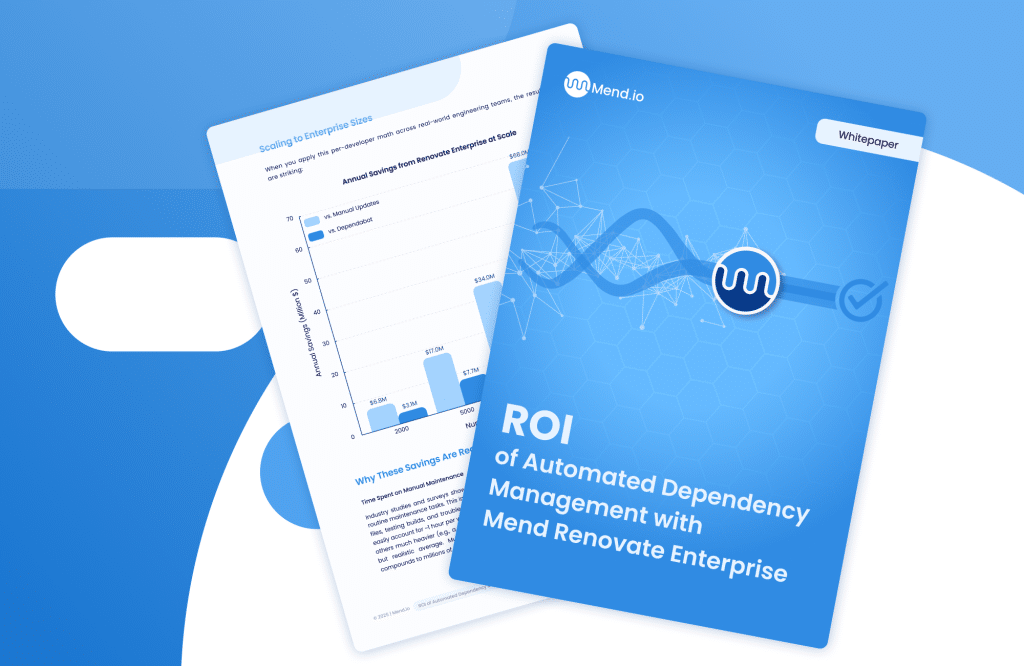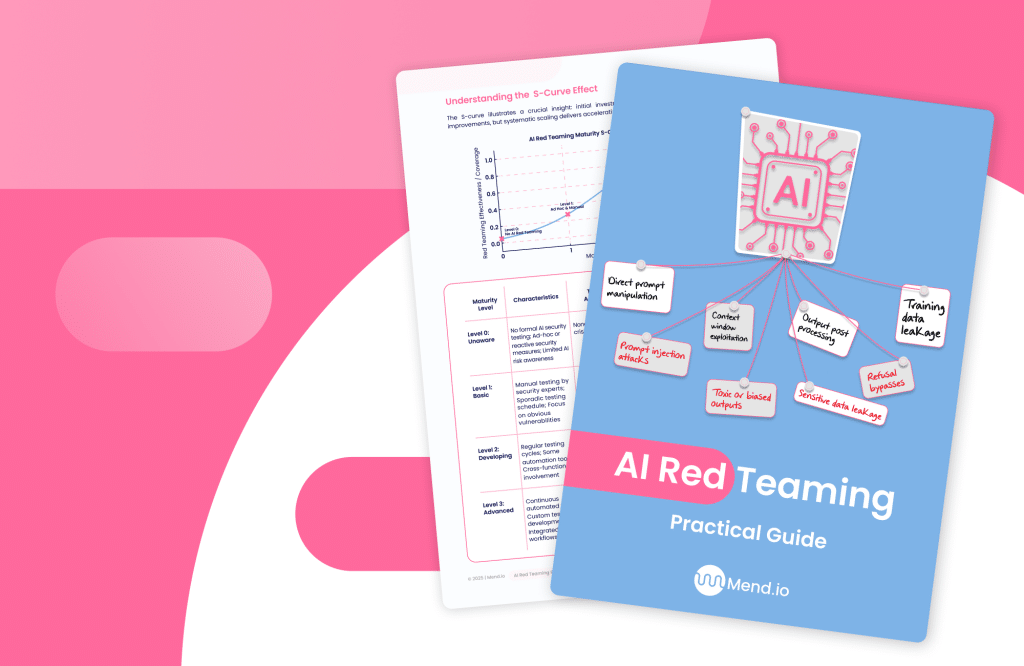How to setup the SAML integration
This video shows you how to set up SAML-based Single Sign-On (SSO) with Mend.io to streamline and secure user access across your organization.
You’ll learn how to configure Mend.io to integrate with your identity provider (IdP), enabling centralized authentication and improved access control.
Why use SAML integration with Mend.io?
SAML (Security Assertion Markup Language) is a widely adopted standard for enabling secure Single Sign-On across enterprise applications. Integrating Mend.io with your organization’s SAML provider—such as Okta, Azure AD, OneLogin, or Ping Identity—ensures that access to application security data is tightly managed, consistent, and aligned with your company’s authentication policies.
With SAML integration, you can enforce multi-factor authentication, centralized user provisioning, and automatic role assignment, all while simplifying login for your team. It’s an essential feature for organizations looking to scale Mend.io securely and meet compliance requirements like ISO 27001, SOC 2, or HIPAA.
How to configure SAML in Mend.io
This step-by-step video guides you through the entire SAML setup process. You’ll learn how to:
- Access Mend.io’s SAML configuration page
- Enter metadata from your identity provider
- Define user roles and attribute mappings
- Test and activate the connection
The process is straightforward and supported with clear documentation. Once enabled, your users will be able to log into Mend.io using your corporate credentials—no separate passwords or manual user management required.



